|
|
|
|
Species Photo Gallery for Penestragania alabamensis No Common Name 3 |
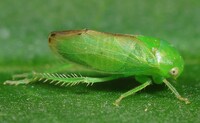 | Photo by: Rob Van Epps
Mecklenburg Co.
Comment: Caught sweeping - on Honey Locust | 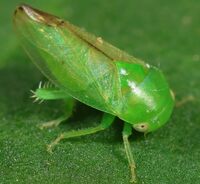 | Photo by: Rob Van Epps
Mecklenburg Co.
Comment: Caught sweeping - on Honey Locust |
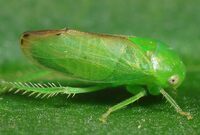 | Photo by: Rob Van Epps
Mecklenburg Co.
Comment: Caught sweeping - on Honey Locust |

 »
»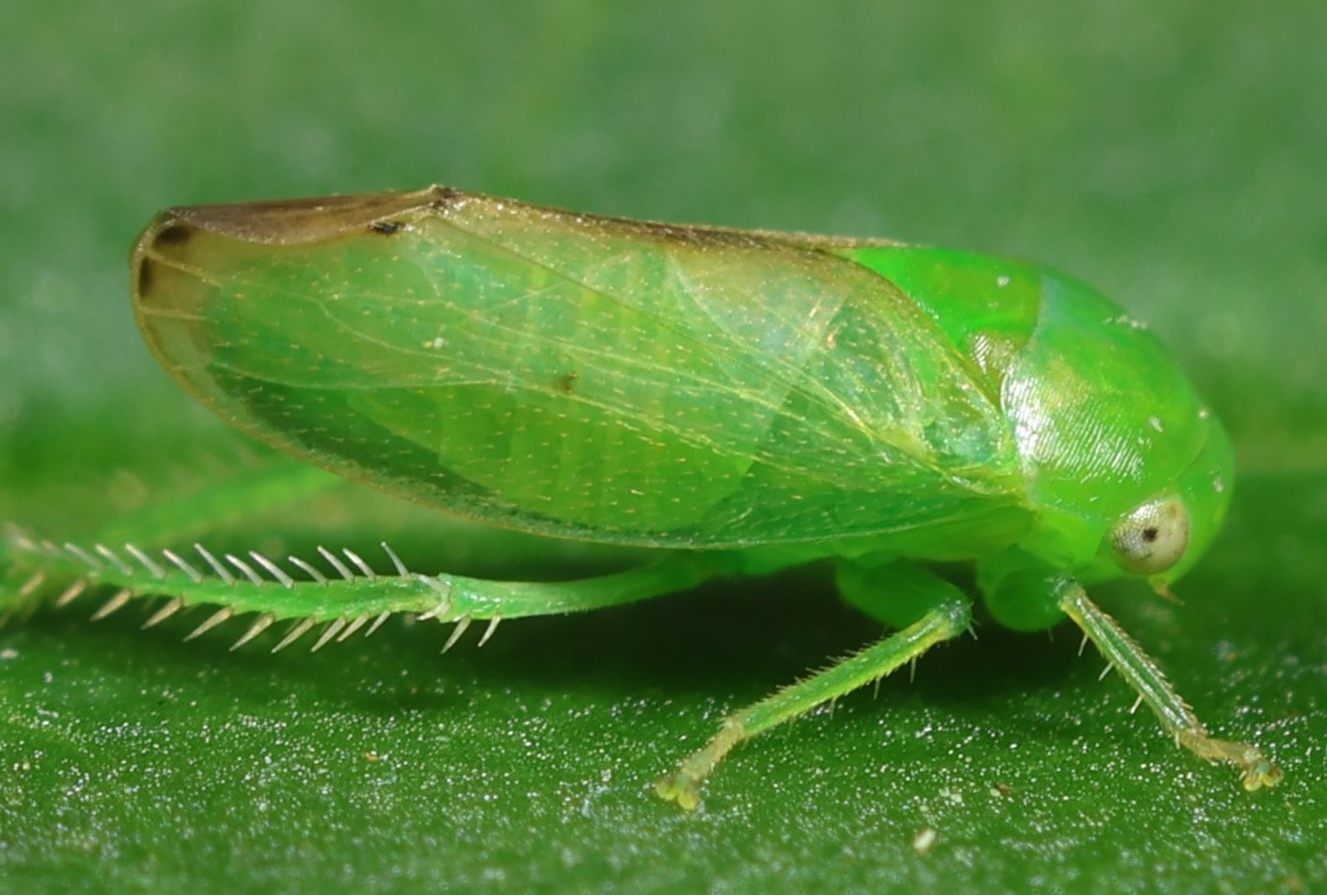
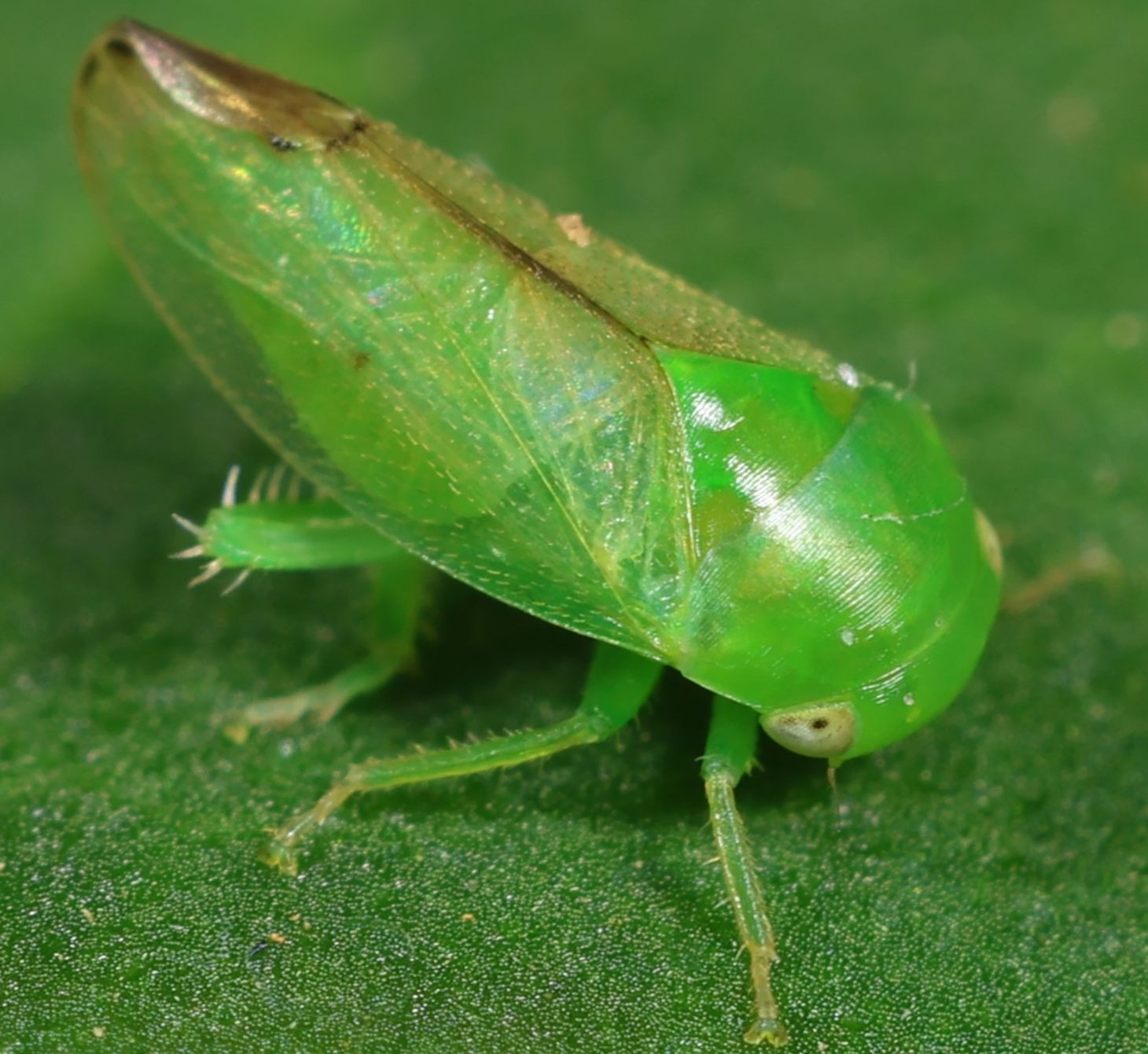

 »
»
